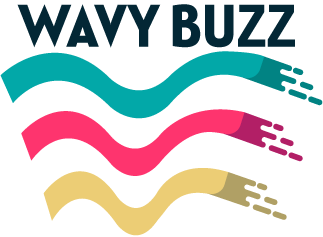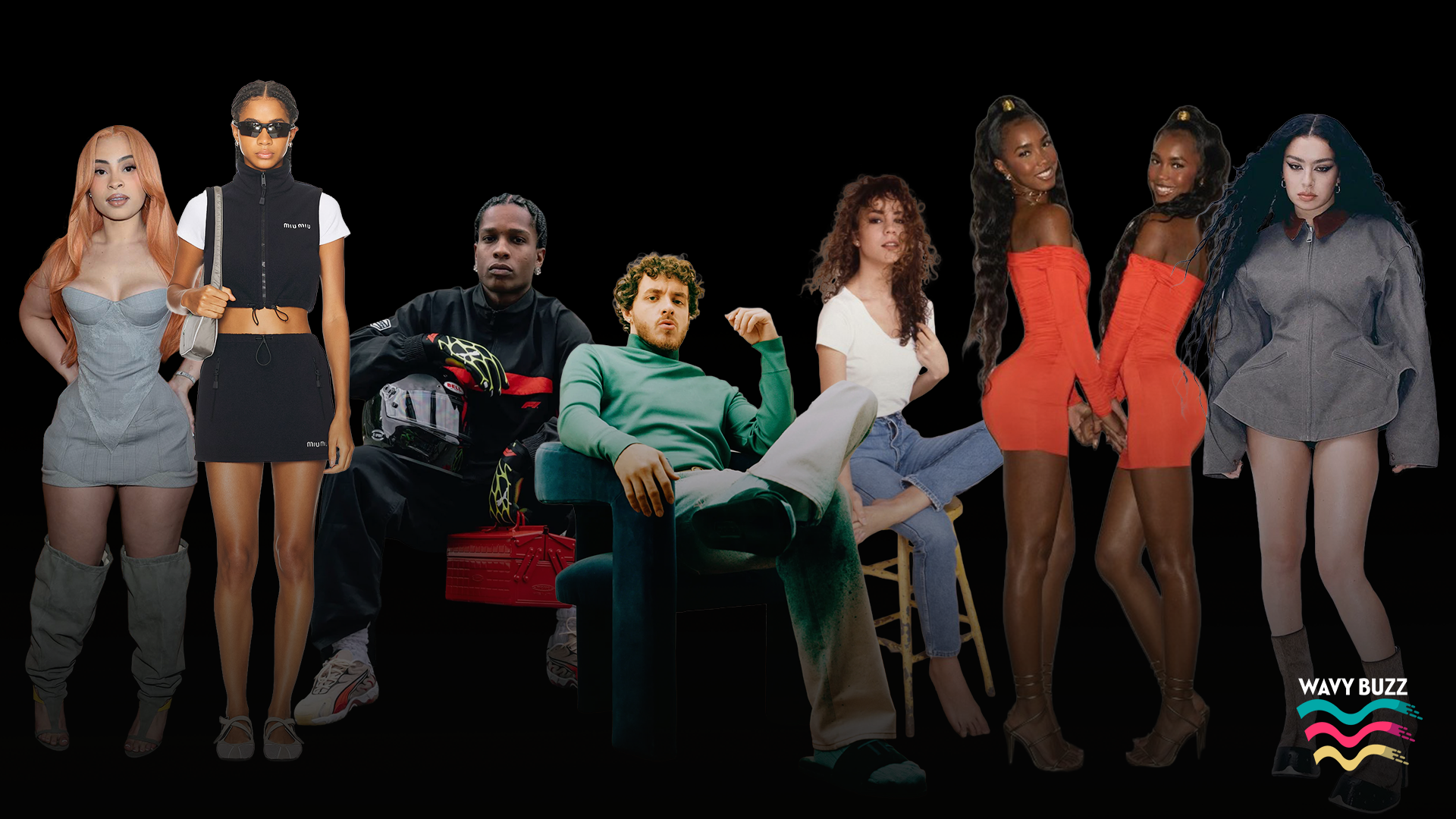Over the last few years, fashion, music, and culture have begun to feel like a remix of the early and late 2000s — a resurgence largely driven by Gen Z’s fascination with an era they were barely conscious of. Today’s under-25s can only imagine what it was like when Kelis summoned all the boys to the yard with her Milkshake, when Justin Timberlake urged men to dismiss their heartbreaks with Cry Me a River, when 50 Cent had the country wearing wife-beaters, or when Britney Spears glorified toxic situationships.
These pop-culture moments were life-defining for many, and now, through TikTok filters that replicate the camcorder haze of 2003 and nostalgic trips down memory lane, these era-defining concepts are finding new life. Gen Z views the early and late 2000s — the Y2K era — as vintage, iconic, and, increasingly, profitable.
The Regeneration of Fashion
Fashion from the 2000s is experiencing a powerful resurgence. Oversized pants, low-rise jeans, and chunky sneakers can be seen on every corner in Soho, Manhattan. Brands like Juicy Couture, Von Dutch, and Baby Phat — pioneers of that era — have reemerged as contenders for Gen Z’s definition of style.
The surge in demand has created a thriving economy for thrifted and secondhand items, often found on platforms like Depop, Grailed, and TikTok Shop.
@maffe_sz I'm not saying one style is better than the other! read the video, I'm differentiating what people think of y2k from real y2k. y2k has many forms, not just streetwear or things with stars. y2k is 2000's #realy2k #y2k #2000s #foryou #fyp #streetwear #fashion ♬ samsinclairfx on instagram - samsinclairfx
Fashion-forward college students and influencers are flaunting flashy accessories and miniskirts, pairing vintage logo tees with cargo pants and rhinestone belts with chunky sneakers. While Gen Z heavily references Y2K aesthetics, they’re also innovating — adding their own twist while paying homage to vintage trends.
Luxury brands have taken notice. Haute couture houses are producing ready-to-wear collections that align with Gen Z’s tastes. Miu Miu, for example, has pioneered entire categories around mini, maxi, and pencil skirts — with price tags ranging from $1,250 to $2,450.
Puma is another brand that has capitalized on Gen Z’s nostalgia. Partnering with multi-hyphenate A$AP Rocky, the company reintroduced grails from its archives. While Rocky’s limited-edition drops command premium prices, the classic Puma Speedcat — a versatile sneaker that dominated the early 2000s — has become a fan favorite once again at a more accessible $100.
American denim giants are also cashing in on the trend. Levi’s, American Eagle, and GAP have all entered the fray. Whether recruiting Sydney Sweeney for a politically charged campaign or relying on Beyoncé’s star power, these brands are sparing no expense to win over this generation. GAP, for instance, relaunched its Y2K denim line — dormant for 15 years — with its Better in Denim campaign featuring global pop group KATSEYE. The inclusive campaign achieved engagement levels 100 times higher than GAP’s previous efforts, marking a significant win for a company that had struggled financially in recent years.
The Reign of Samples
Across social media, dancehalls, and niche spaces, everyone seems eager to party like it’s still 1999 — the year the world was supposedly going to end. It didn’t, of course, but the years that followed were turbulent. Now, a quarter century later, Gen Z wants in on the action through samples and remixes of sounds that defined that era.
Brooklyn-based producer and rapper Cash Cobain has almost single-handedly engineered a sound that’s become a Gen-Z cult favorite. His unorthodox production style — layering recognizable samples over deep basslines — has birthed Bronx Drill, a modern evolution of techniques once used by Rick Rubin, Puff Daddy, and other hip-hop pioneers.
One of Cobain’s earliest works sampled Mary J. Blige’s Everything for rapper B-Lovee, who added gritty lyrics to the track. The result, My Everything, became an instant hit and inspired a wave of artists to adopt similar sampling styles. Since then, Cobain has produced for major names like Drake, Fabolous, and Big Sean.
Cobain’s approach has given hip-hop classics new life, and Gen Z can’t get enough. DJs now sell out shows featuring hour-long sample-based sets — a niche Atlanta-based creative Zach Fox has mastered. Known for his role on Abbott Elementary, Fox built a massive audience through viral moments that he weaves into his DJ sets, mixing cult R&B classics with internet memes. His Boiler Room and Elevator Music performances have taken him on tour across major U.S. cities like New York, Atlanta, Orlando, Tampa, and Miami.
This sonic nostalgia is fueling streaming charts. Pop stars such as Olivia Rodrigo, Charli XCX, and PinkPantheress are all leveraging Y2K samples to draw listeners in. Rapper Ice Spice even titled her debut album Y2K, underscoring how relevant and palatable the concept is to her generation. Record labels are also cashing in. When Jack Harlow teased his take on Fergie’s Glamorous with First Class, DJ Drama immediately predicted it would be a hit — and he was right. The song earned Harlow a Grammy for Best Melodic Rap Performance in 2023.
Beyond mainstream pop, regional subgenres like New Orleans Bounce and Jersey Club are thriving online, giving rise to viral dance trends embraced by both influencers and celebrities.
The Y2K Technology Aesthetic
Before smartphones became all-in-one devices, every digital activity had its own gadget. The Y2K revival has reignited interest in “dumb tech” — digital cameras, flip phones, and camcorders — celebrated for their grainy, imperfect results that symbolize authenticity to Gen Z.
In the digital design world, the Y2K aesthetic is also back. 3D icons, bubbly shapes, and gradient palettes have re-entered UX and UI design — trends propelled by the crypto and NFT boom, which Gen Z views as a path to wealth creation. Apple has taken note, with plans to introduce “liquid glass,” a translucent, glass-like interface in an upcoming iOS update. The move may be strategic: as Gen Z becomes the largest consumer class within the decade, Apple aims to stay visually and culturally relevant.
For those who grew up during the blogging era, platforms like Myspace and Tumblr offered unprecedented personalization — something millennials cherished. New-age platforms such as Instagram, Snapchat, and TikTok, however, restrict customization, depriving Gen Z of that creative freedom. Yet, communities on Discord and Telegram have rekindled the spirit of self-expression with customizable layouts and features, allowing users to reclaim their digital identities.
Conclusion
Several factors contribute to the Y2K revival — from pandemic-induced introspection and the fatigue of minimalism to pure nostalgia. Many Gen-Zers missed out on major milestones like prom, homecoming, and graduation due to the pandemic. That disruption created a collective desire to rediscover joy and identity — something the bold, carefree spirit of the 2000s readily provides.
In a world dominated by minimalism and “quiet luxury,” Gen Z’s return to maximalism is both rebellion and reinvention. The early 2000s offer a canvas for self-expression, enabling this generation to define its own aesthetic and taste.
@amandamccants Quiet luxury? That sounds boring #miamibeach #florida #mom ♬ original sound - Amanda MCCants
Nostalgia also plays a major role. Millennials — now parents, mentors, or older siblings — are sharing their cultural touchstones with Gen Z, creating an intergenerational bridge through fashion, music, and media.
The financial and cultural implications are undeniable. From Mariah Carey appearing alongside streaming star Kai Cenat to the Millennium Tour attracting younger audiences, the 2000s have never been more alive. The Y2K resurgence isn’t just a trend — it’s a testament to how the past can be remixed, redefined, and reimagined for a new generation.

